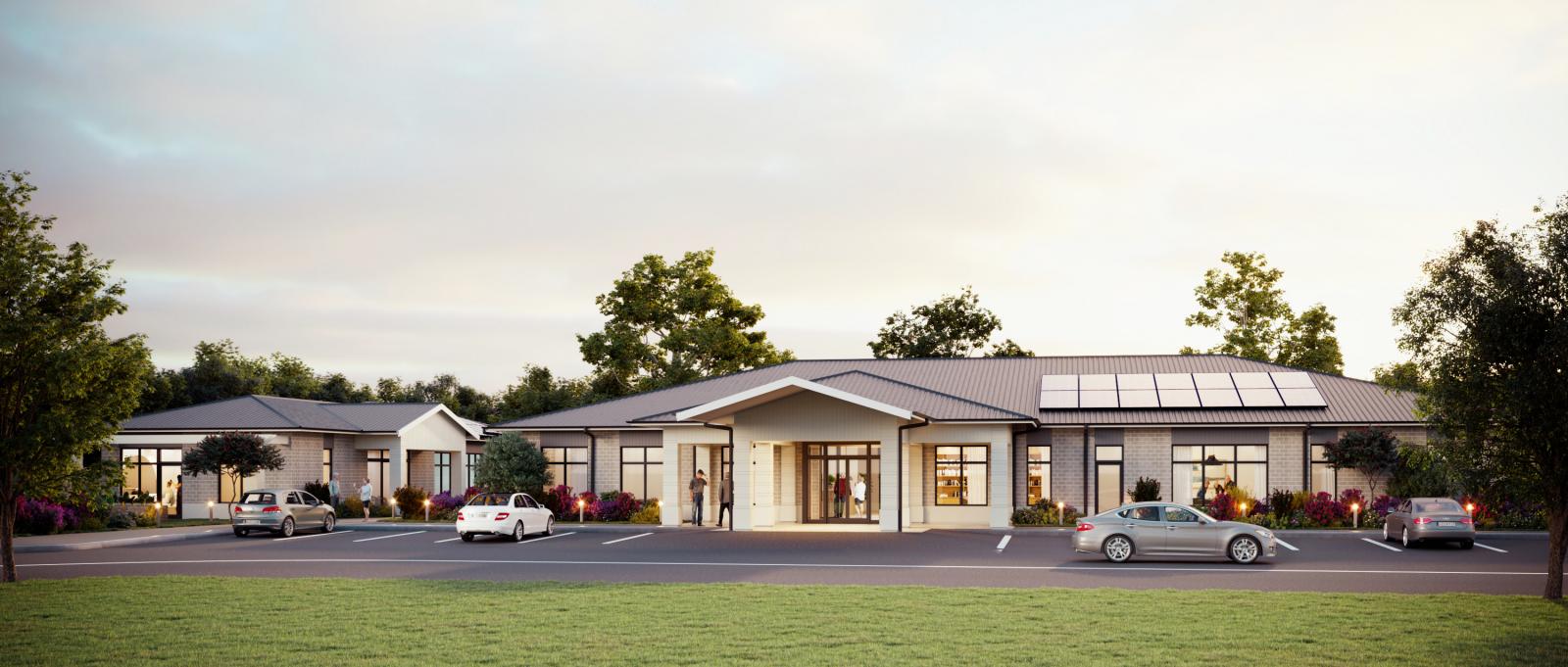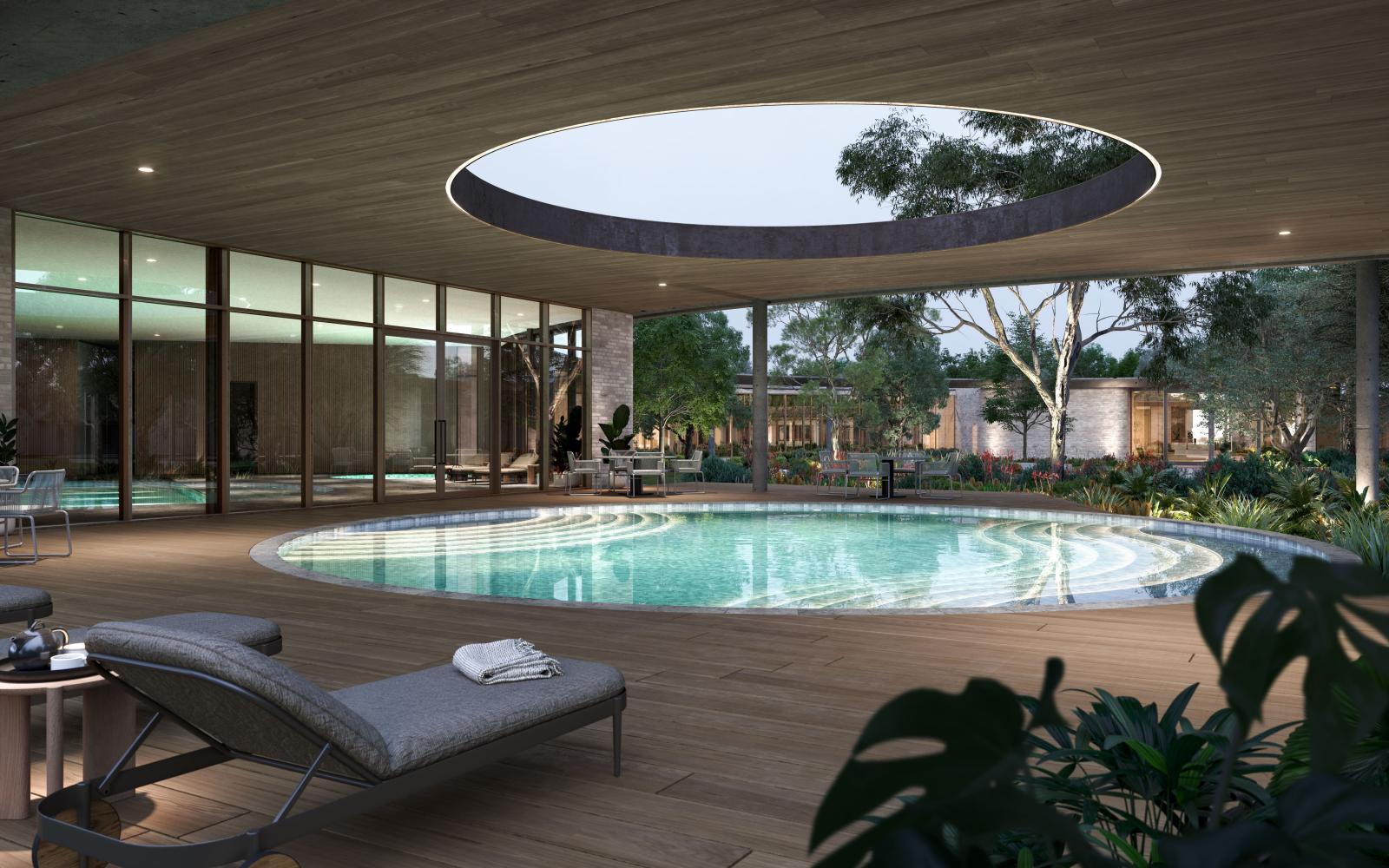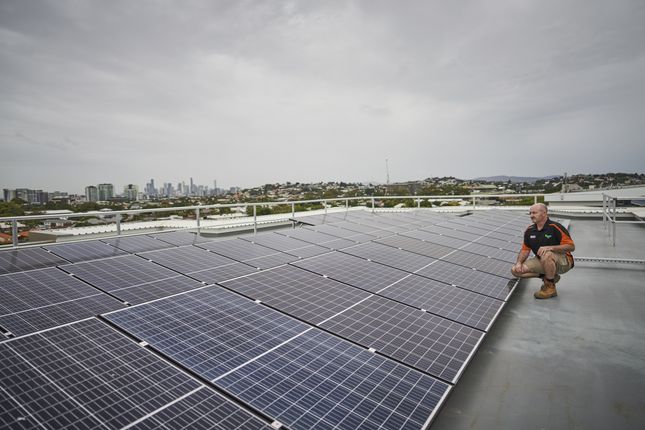Retirement community operators are increasingly saving both the planet and residents’ money by installing green power options such as communal solar panels and electric cars.
These operators are hard-baking renewable energy infrastructure into over 50s communities at the time of their construction, or retro-fitting renewable energy installations into existing communities.
Either way, the outcome means that residents are helping to reduce the world’s reliance on greenhouse gas-producing fossil fuels and can also save money by benefiting from free energy from the sun.
Below are some examples of money-saving green energy outcomes in Australian retirement communities, and at the bottom of the story see some important tips about investigating electricity costs before you move into a community.
Solar power to contribute a third of residents’ energy needs at northern Melbourne retirement village
Lendlease’s Sherwin Rise retirement village at Wollert in northern Melbourne, when complete, will have a 377kW interconnected community solar scheme powering 147 homes and communal facilities.
This energy generation is set to exceed the estimated peak electrical demand for the village of 355kW.

The completed stage 1 includes 60kW of solar generation, with a further 90kW currently under construction as part of the clubhouse facilities and stage 2 development.
The village solar scheme allows for residents and communal facilities to share solar generated power within the village and can export any unused solar power onto the public grid, also powering the broader residential community.
The solar photo-voltaic system is estimated to provide at least 33 per cent of the energy needs for each of the 147 households in the village.

According to an energy and water savings assessment prepared in 2020, energy and water bill savings at Sherwin Rise will see residents save an estimated $2,000 to $4,000 per annum.
The completed 377kW interconnected community solar scheme is also estimated to save 494 metric tonnes of carbon dioxide emissions per year – this is equivalent to the emissions of approximately 275 flights from Sydney to London Heathrow.
The Sherwin Rise installation is part of a broader initiative by Lendlease which will see all the company’s villages having on-site renewable installations by 2030. By 2040, all electricity used by residents will be 100 per cent renewable.
Across the Lendlease retirement living portfolio of 75 villages, two thirds (50 villages) currently have onsite renewable installations in the form of solar panels.
“Lendlease Retirement Living is committed to delivering sustainable living solutions that demonstrate positive environmental and social outcomes,” said Nathan Cockerill, Managing Director, Retirement Living.
“The renewable energy installations across our villages are driving down energy costs while significantly reducing impact on the environment.
“We plan to expand the renewable energy solutions across our villages as we work towards Lendlease’s industry leading carbon reduction targets.”
Free or cheap power at rental villages across Australia
Around one in five residents at 13 rental villages operated by Eureka are receiving free electricity, due to the installation of solar panels.
Eureka plans to extend the rollout to a further five villages before June 2022 and have solar energy as its main power source across all its villages by 2025.
Eureka already provides affordable housing, with its villages primarily accommodating age pensioners. The solar installation is further enhancing this affordability proposition.

According to figures from PowerHub, which operates the solar panels, around 20 per cent of residents in the solar-powered Eureka villages not only avoided any electricity costs, but actually saw their electricity accounts in credit.
This is because the residents are also receiving a government energy rebate.
Overall, more than 85 per cent of tenants in the solar-powered villages paid less than $25 a month for electricity in the last billing cycle.
Eureka’s CEO Cameron Taylor said the company was able to fund the solar panel installation, without increasing resident rents, due to the fact the panels also reduced Eureka’s electricity costs for common areas.
50 per cent savings on power in new land lease community
Residents of a new land lease community in Melbourne’s south-east will be able to save up to 50 per cent on their electricity bills thanks to an Australian-first renewable energy solution.
In a trend-setting move for the Australian retirement living sector, the Lifestyle Meridian community at Clyde North should be able to generate all the power it needs, and therefore avoid relying on more expensive and less sustainable general grid electricity.

The community will have its own ‘micro-grid’, including a 150KW community battery powered by solar panels located on the community’s 275 homes.
It's said to be the largest renewable energy installation of its kind in any retirement community in Australia.
The ‘micro-grid’ will be installed by Melbourne-based infrastructure provider Mondo, in conjunction with community operator Lifestyle Communities. The first residents are expected to move into Lifestyle Meridian in July 2022
Save money and reduce greenhouse gas emissions at Brisbane retirement village
Lendlease’s $270 million development at Doomben Racecourse, Bernborough Ascot, secured the retirement living sector’s first 6 Star Green Star Communities rating from the Green Building Council of Australia in 2021.
Lendlease scored the top sustainability rating for Bernborough Ascot for a range of initiatives including the onsite renewable energy solar panels.

The retirement living community is being constructed in stages, with the first stage opened in October 2020. The village currently has a 26.4W system (66 panels), with additional systems expected to be added in the following stages of the development.
In the first year of operation, Bernborough Ascot’s current solar system is forecast to save 26 metric tonnes of carbon dioxide emissions – this is equivalent to the emissions of more than 14 flights from Sydney to London Heathrow.
In the same period, this is equivalent to a saving of over $10,800 or $271 per resident per annum, from using renewable instead of grid electricity.
A three bedroom apartment at Bernborough Ascot is currently on the market for $965,000.
Free shared electric cars save costs and help the environment
Shared electric cars are becoming a popular, sustainable and cost-saving addition to retirement communities, with a fleet operated by one Victorian land lease community operator travelling the equivalent of five times around the world.
After being first introduced some five years ago, 15 Lifestyle Communities now have electric cars and car charging stations. The cars are free for residents to use.

Since that time, the cars have collectively travelled some 224,000 kilometres, and in doing so probably saving in the order of 43 tonnes of greenhouse gas emissions compared to the same kilometres being driven by a petrol car.
Meanwhile, Bolton Clarke has become the first retirement village operator to sign with electric vehicle start-up Ohmie GO to provide an e-mobility solution for residents.
Under the arrangement, Ohmie GO will provide a premium Tesla 3SR+ electric vehicle for the exclusive use of residents in Bolton Clarke’s Europa on Alma retirement living community at St Kilda. The first residents will move into the newly completed community this year.
Researching electricity costs is important
Residents looking at moving into a retirement community need to understand the system for electricity distribution.
This includes understanding whether the home comes with its own meter, which means the resident can choose their own power provider, or whether the home is reliant on a network operated by the community operator.
If the community owner runs the power network, it’s important to understand whether residents are charged for the power they use, or whether the cost is simply averaged across the community.
If it’s averaged, it means high electricity users are unlikely to be required to pay their fair share of power costs.
It’s also important to understand whether power costs are reduced by renewable energy installations and what the electricity rate is.
Some operators charge residents the ‘default offer’ for electricity, which tends to be a relatively high electricity rate, even if they are paying for wholesale power at a lower cost..
Other operators, as can seen from the above, are taking the right steps to reduce power costs for residents through harnessing free energy from the sun.
To this end, the Victorian Government has required that, from 1 January 2023, all new embedded electricity networks installed in retirement communities must source at least 50 per cent of their power from on-site renewable energy sources.
Another important consideration is the amperage of the electricity.
If a low amperage is provided, such as 20 amps, it may be difficult to use basic appliances, such as toasters or kettles, at the same time.
In addition, it’s important to understand whether there is any ability for the resident to install their own solar panels, or whether the owner is planning to do this.
The above research is important, because what may look like an attractive situation of a low incoming price and low ongoing rental costs may also come with an unexpectedly high monthly electricity cost and poor electricity service.


